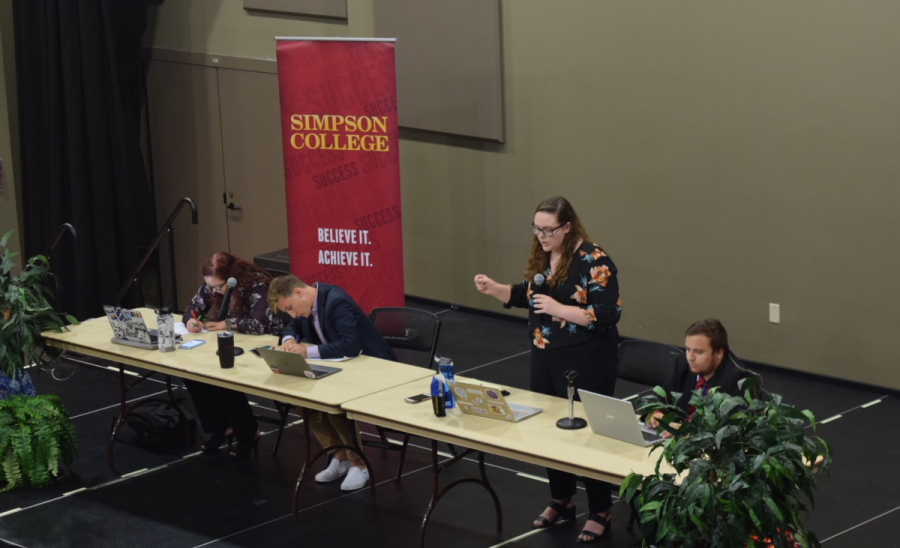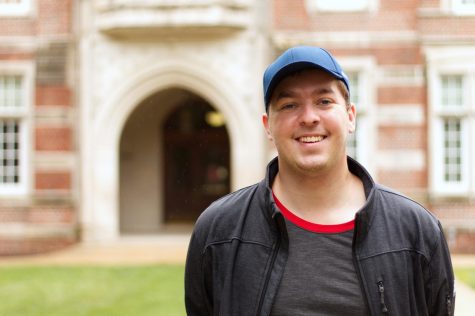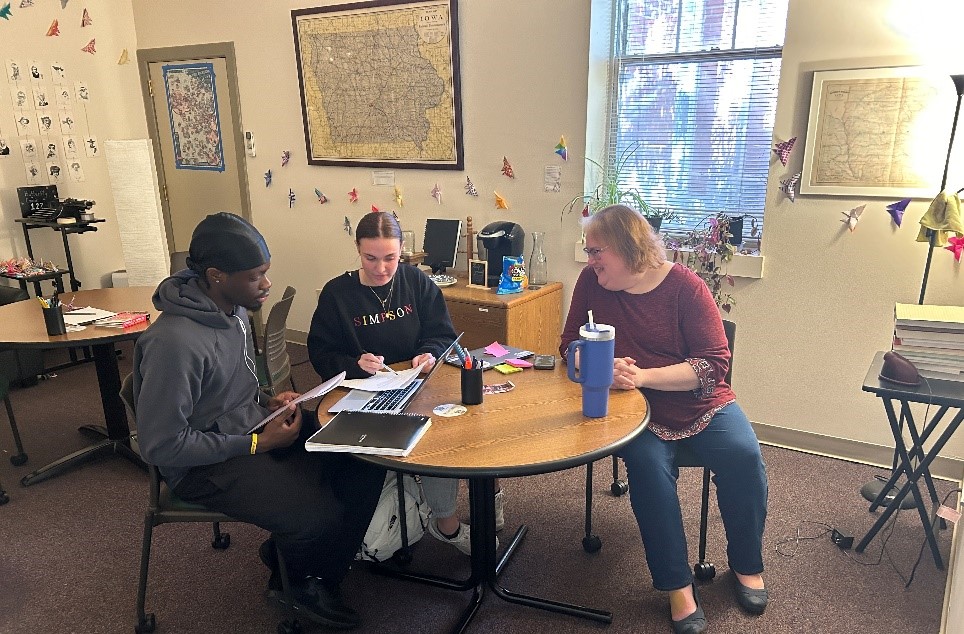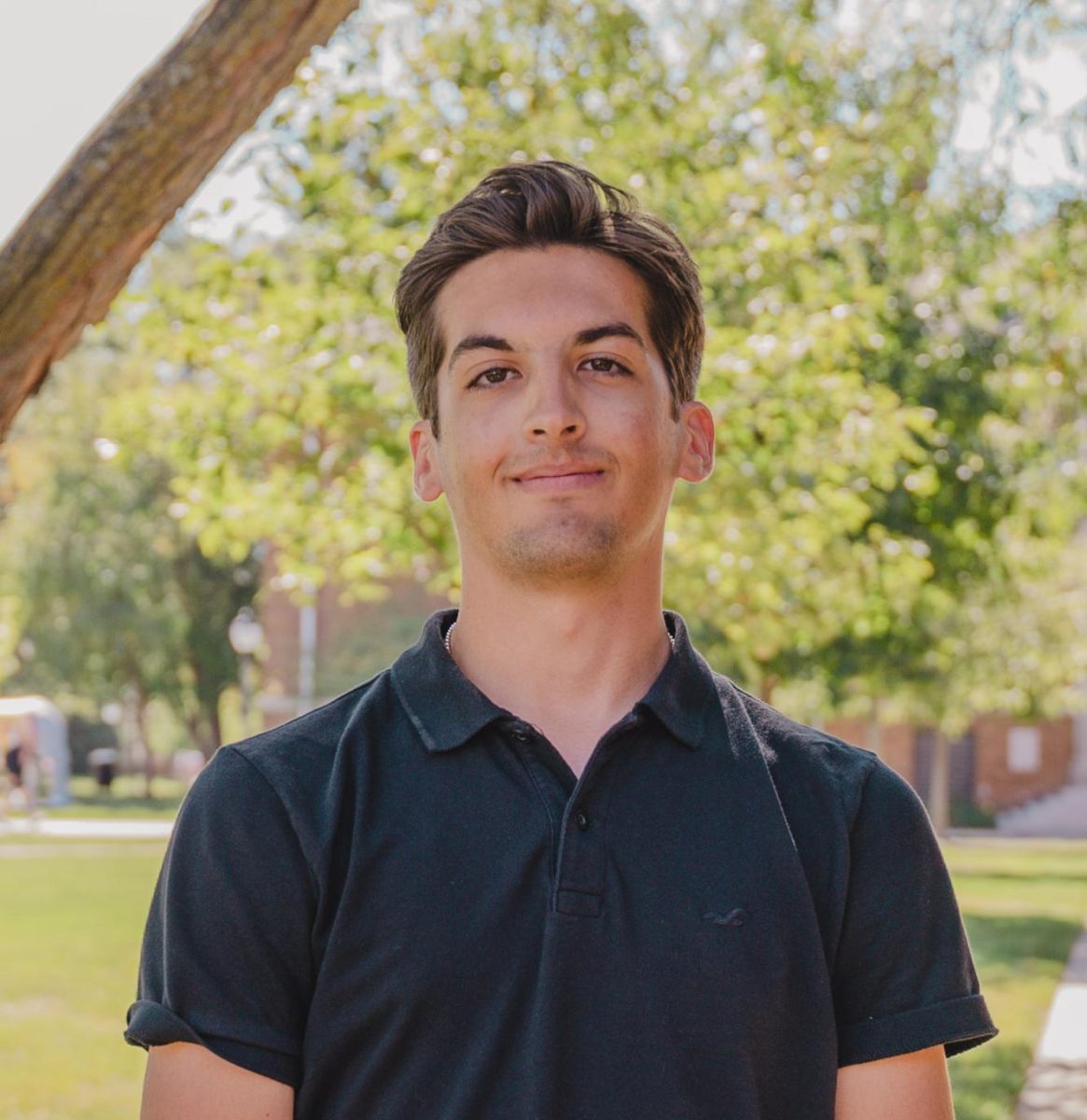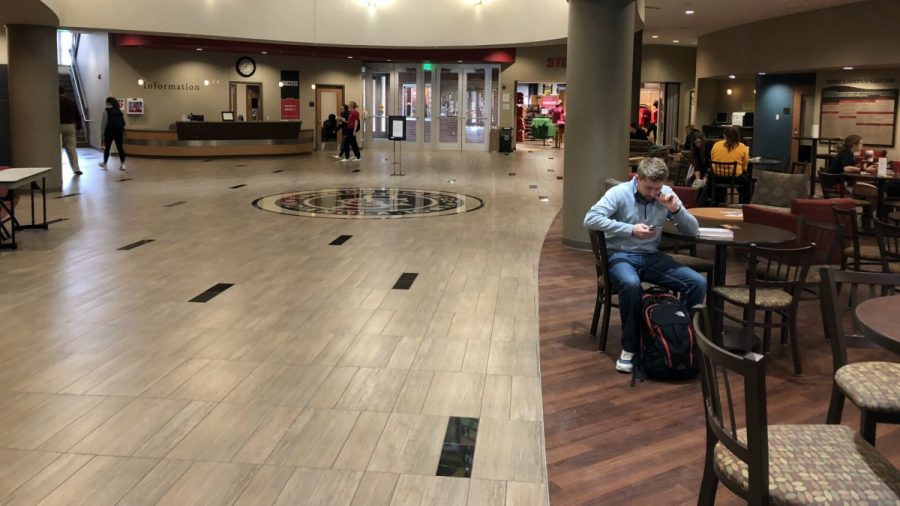Hate speech debate wraps up First Amendment week
September 25, 2019
On the surface, the idea of banning hate speech on college campuses has appeal. As Simpson’s national champion speech and debate team discussed on Sept. 20 as part of First Amendment week, there can also be some unwelcome consequences.
The debate, held in Black Box theater, centered around the idea that students should have a safe, hate-free space during their time in college.
First-year Drake Wood and junior Casey Spring defended the idea of banning hate speech at colleges against fellow Simpson debaters sophomore Elise Sturgeon and junior Michael Roets.
“(Laws) prohibiting hate speech can be found in Canada, Denmark, Germany, New Zealand, and the UK. The United States is essentially the only democratic country that stands alone in believing hate speech should be protected,” Wood said in his opening statement.
Both sides took their shots at defining hate speech.
Wood used the Merriam-Webster legal definition, which defines hate speech as “speech that is intended to insult, offend, or intimidate a person because of some trait (as race, religion, sexual orientation, national origin, or disability).”
The negation, represented by Sturgeon during their opening argument, was quick to clarify the difference between hate speech and threatening speech.
Sturgeon argued, “Hate speech is different from specifically threatening language that would constitute fighting words. Hate speech is writing or language that expresses prejudice against a particular group, especially on the basis of race, religion, or sexual orientation, but this is clearly distinct from what the Supreme Court referred to as ‘fighting words’ in their decision of Chaplinsky versus New Hampshire in 1942.”
Each side took turns arguing over this clarification and several other important free-speech issues during the course of the debate.
His negation quickly developed an idea of a college as a “marketplace of ideas” where different and even hateful opinions should be expressed and combated in open discussion.
If a ban were to take effect, those who believe hateful ideas would no longer have a place on campus to challenge their ideas.
Roets, in the negation’s rebuttal, flushed this idea out.
“The advocacy on our side is when you ban hate speech, not just on college campuses, but in general. It drives these speakers underground and it radicalizes them, causing bigger problems for people of color and other marginalized populations,” Roets said.
The affirmative side combated the “marketplace of ideas” by arguing, hate speech can often rise to the level of hate crimes.
Spring argued during the affirmative rebuttal, “Events like Charlottesville still happen in this free market society we currently have. If we accept how things are now, we are failing ourselves and we’re failing the future.”
In closing arguments, each side rebuilt their case. The ‘marketplace of ideas’ and the threat of violence giving hate speech a platform can pose, proved to be central arguments throughout. There was no declared winner of the debate, and audience members were allowed time to ask questions and draw their own conclusions.
During questioning, Professor Kedron Bardwell posed the question, “Could you ban hate speech in colleges and universities, ban it in dorms, but maybe allow it as a free market of ideas and educational discourse in the classroom?”
Bardwell mentioned that in a classroom environment, hateful ideas can be moderated and rebutted by professors and students.
“If you’re banning hate speech on campuses, are you going to start policing students’ social media accounts?” Bardwell finished.
“We advocate that you can still have discourse of diverse ideas, just no outward speech that’s deliberately meant to harm another person,” Spring responded.
“There’s no real way to police what’s said on social media,” said Spring. “The second advocacy that we take is when you step onto a college campus, you want to feel safe and protected. To a certain degree, if you choose to go on social media, of course you can’t always choose what you see, but what we’re advocating for is a safe area, where you’re free, at least on your college campus, from that hate speech.”
After the debate, audience member and Simpson debater Geoff Van Deusen spoke about which arguments he believed were best on each side.
“On the negative side, I definitely would agree that the alt-right and white nationalists lash out on their rhetoric being censored,” said Van Deusen. “By the affirmative team, their strongest argument, of course, was the obvious one: hate speech is bad and we should not give these people platforms.”
The debate concluded this year’s First Amendment week at Simpson.



